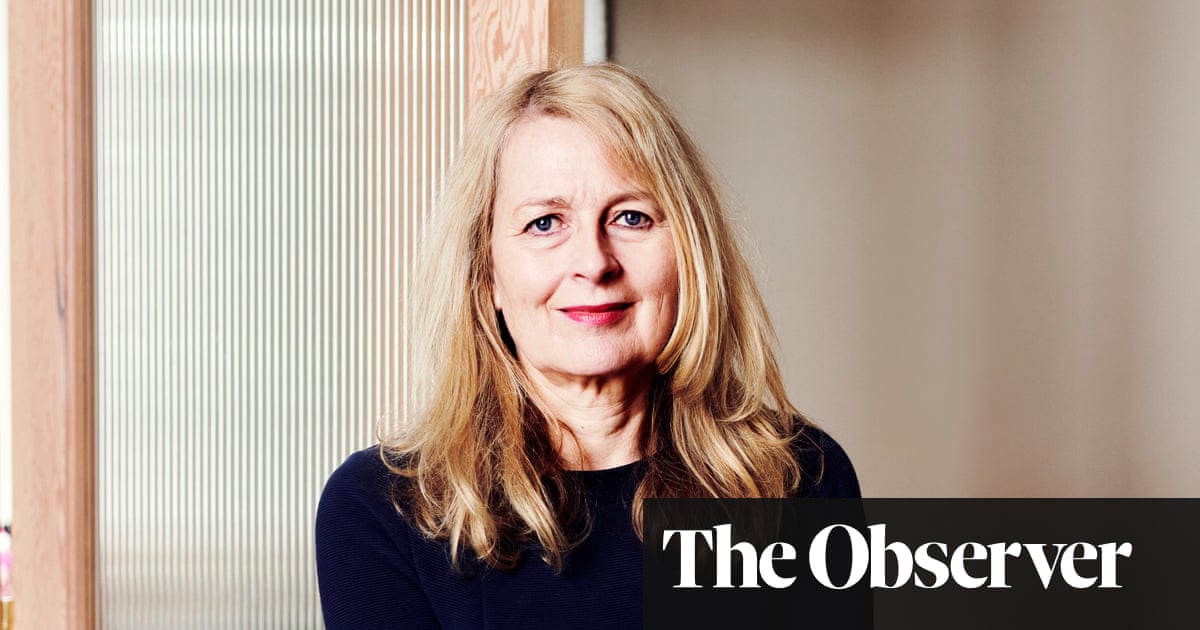
There are few things I dread writing more than book proposals. What could be more anxiety-provoking than writing what is essentially a lengthy book report on something you haven’t written yet?
Last year, as I was slogging through a proposal for the memoir-in-essays I’ve wanted to write for my entire career, I made a bargain with myself: get yourself a book deal, and you can mark the occasion with a new tattoo.
This June, I got the good news: Heliotrope wanted to publish my book. I was thrilled – and I was itching to celebrate by getting inked. But at that time, tattoo parlors in New York were still closed due to Covid-19 restrictions.
This was just another of so many letdowns in a hellish year. Thanks to the spread of the coronavirus, I’d already had to shutter the co-working space for writers I’d proudly opened in 2017, a place where I’d been incredibly productive, and where I could easily socialize and network with colleagues. The virus had also contributed to severe budget cuts at the literary website where I’d been an editor for over five years; these and other factors led to my departure. Unable to safely and easily spend time with my family, friends, or colleagues, I found myself perpetually lonely and depressed.
What’s more, an overwhelming number of anxiety-provoking external factors – the threat of the virus, escalating police brutality against Black Lives Matter protesters, a fraught election followed by false claims of fraud, and so much other bad news – made it the hardest time to concentrate and write.
I yearned for the ritual of getting a tattoo and I had the perfect design in mind: a rudimentary typewriter that I’ve been doodling in crayon for years. I’ve used the image before as a logo – for a writers’ group I ran in the early aughts; on the first iteration of my website; on stationery. Now I wanted to get it imprinted on my left forearm to commemorate signing, at the ripe old age of 55, the first contract for a book filled exclusively with my own writing (I’d published anthologies before, but they were mostly filled with essays by others), and to help me commit to getting it done.
There’s something galvanizing about having images and words permanently scrawled into your flesh. It sends your mind the message, “I mean business.” Tattoos had helped me commit to my writing before. I’d gotten my first one in 2012, on my right forearm, with a quotation I’d come across on candles, journals, mugs and other inspirational doodads: “And the day came when the risk to remain tight in a bud was more painful than it took to blossom.”
I thought it had come from Anais Nin, but learned years later that it is actually the work of Elizabeth Appell, a poet who had worked at a college that specialized in continuing education in California. That line was from a poem she wrote in the 1970s called Risk, which she included on a flyer meant to encourage adults to go back to school.
Ultimately it didn’t matter whose words they were. They spoke to me as a writer who had long stifled myself over fears of how people might react to my published thoughts and recollections. I’d grown tired of making myself small, of hiding, of exerting most of my creative energy ghostwriting other people’s memoirs and proposals but avoiding my own. I was ready to risk blossoming. I needed to make it more official, with ink on my skin.
It worked. I began writing and publishing my own essays in a more brave and serious way than ever before. I also got right to work on two anthologies about loving and leaving – and staying in – New York. Each included an essay of my own, in the company of pieces by much more celebrated writers.
I got my second tattoo the week before my 50th birthday. It’s a Japanese brush art rendering of cherry blossoms, blooming. That year, I published even more personal work, about things like making peace with my aversion to motherhood.
After signing my book contract this June, I was ready for the typewriter tattoo. New York tattoo parlors were allowed to reopen in July. But the continued spread of the virus gave me pause.
I got to work on my book, but struggled. Once again, I’d taken on too much editing of other people’s stories to write my own. Finally, in November, I cleared my decks to commit more deeply to my essays. The urge to visit a tattoo parlor grew stronger. One afternoon, on a whim, I called Metamorphosis Tattoos, in Kingston, New York, where I live. Initially, the woman who answered said there were no open appointments until mid-January, but then she paused. “Actually, we have a cancellation this afternoon,” she said. “How soon can you come in?”
I asked about their adherence to Covid-19 protocols, and the woman assured me that they took the greatest precautions. Fifteen minutes later I was sitting in Tania the tattoo artist’s chair.
Tania’s tattoo pen buzzing away, I grew elated. I was letting go of the self-abandonment that had kept me from writing my truth for over five decades. It gave me a thrill, and it gave me the sense of self-determination and self-assurance that I needed.
Since that day, I’ve felt emboldened, writing more bravely and steadily than ever. Yes, it’s still hard trying to stay focused these days, when there’s so much illness and fear and bad news. But I’m making progress every day. When I’m not writing, I can’t stop staring at my lovely new ink.
Sari Botton is a writer, editor and teacher living in Kingston, New York. Her anthology, Goodbye to All That: Writers on Loving & Leaving NY, will be reissued in April 2021 with seven new essays. Her memoir-in-essays, And You May Find Yourself…, will be published by Heliotrope in 2022.












